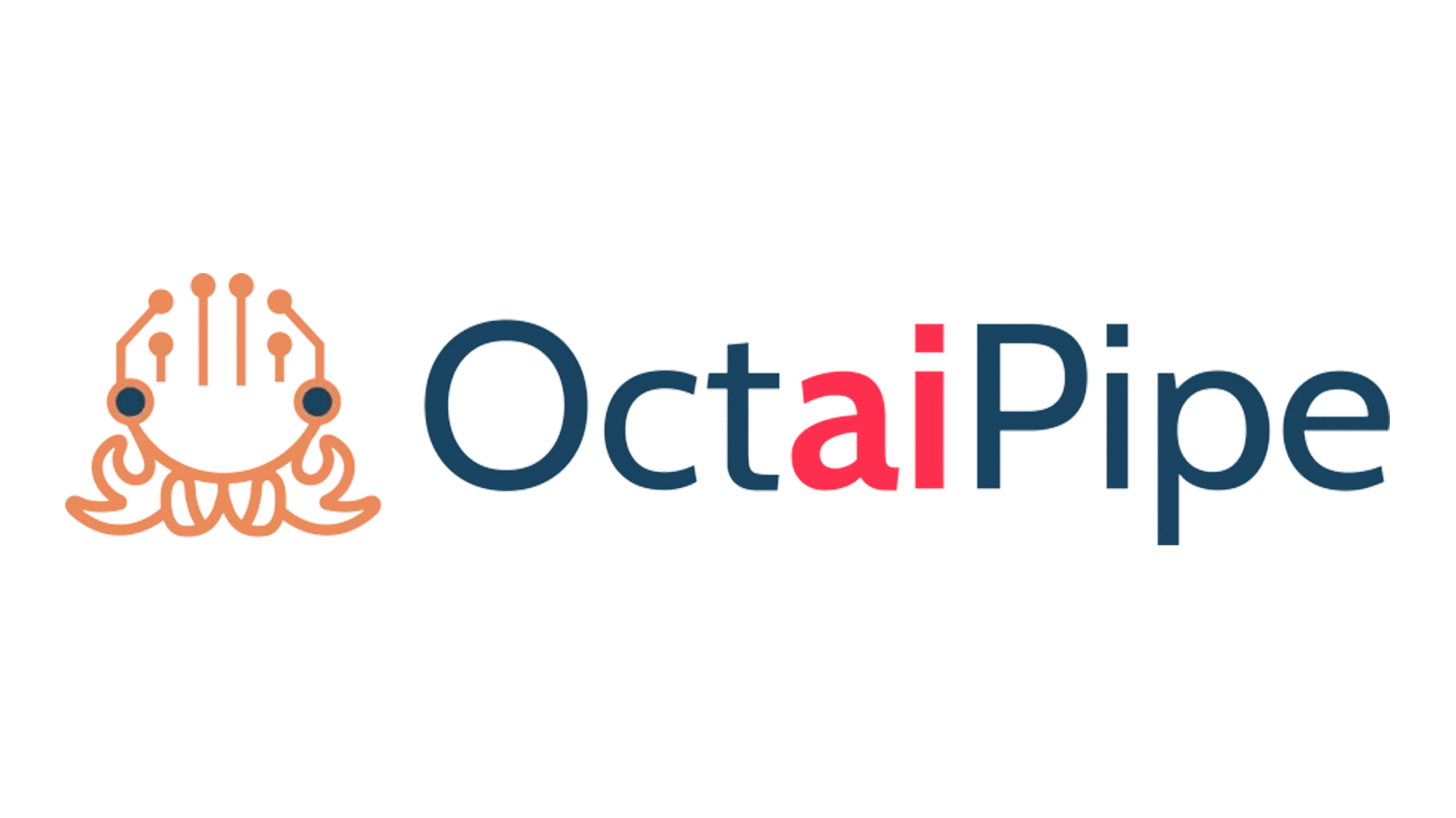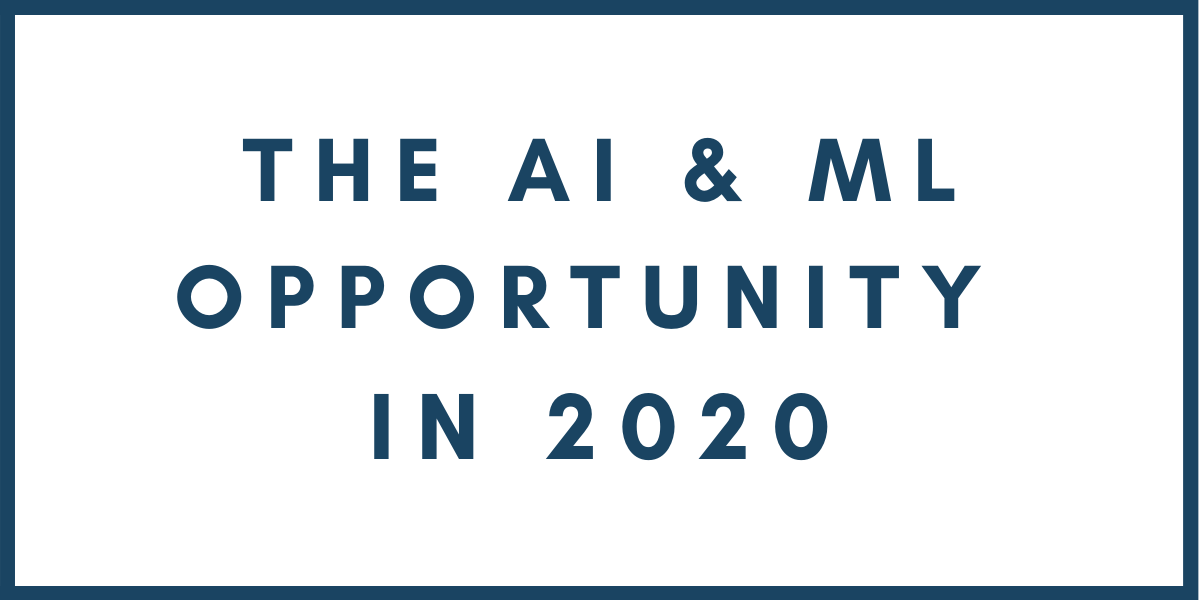The AI & ML opportunity in 2020 for many companies starts by simply by observing how other businesses have been are applying Machine Learning and Artificial Intelligence and the results they obtained.
In the 2019 Gartner CIO survey, it was reported that the number of organisations which will be implementing their processes with AI or ML practises, grew by 270% over the past four years (Gartner, 2019).
However, according to an O’Reilly study on The State of Machine Learning Adoption in the Enterprise, 49% of respondents are still exploring options whilst 36% claim to be early adopters and 15% sophisticated users (O’Reilly Media, 2018). This means that almost half of the enterprises are reportedly not using ML in any way at all and the other half will need some form of support.

The economic value of AI and ML has been recognised and has huge potential to increase efficiency and well-being in almost all aspects of life in the years to come. Yet there has been widespread speculation regarding the opportunity for machine learning and artificial intelligence, and as we enter the new year, these predictions are beginning to come to ahead.
Therefore, in this series of articles, we’ll be exploring the opportunities and challenges in each industry and working with clients to break down the barriers of adoption. In this article, we’ll outline the main shifts in behaviour and the opportunities this year.
These are exciting times for AI and ML so we decided to outline for you the top 5 AI and ML opportunities for 2020.
1. Action Required

The important message to start with, and a key lesson across the rapidly evolving tech landscape, is that if you’re not, at the very least, thinking about how ML and AI impacts your business and your customers, you need to be doing so now.
Your competitors and industry are making headway and applications are prevalent in your market. Whether simply smoothing operational processes or reporting on user behaviour, your peers are better prepared for action and adoption.
This AI heatmap from CBInsights shows the increased pace of acquisition of AI start-ups across industries and applications. With Retail & CGP and Sales & CRM taking some of the leading podium positions.
So, for those that haven’t started their AI journey, it’s important to outline how to begin, or at the very least, be aware of what is changing your industry. As with any business strategy, to do nothing is still an option, but you need to know how you’ll be disrupted and prepare for it.
2. Consider the ecosystem
ML and AI don’t exist alone, nor are they the Answer to the universe and everything in it. I think that’s 42? There is a plethora of applications that augment and facilitate distribution of insights and intelligence to the user, and the right balance is crucial to make adoption a success. The same message in point 1 – action required applies not only to the data space but spans multiple platforms.
Recognising the need to balance different capabilities, needs, services and partners will foster the right approach to the right solution.
3. From Research to Adoption And Scale

With the above message in mind, one of the key trends we’ve seen over the last year is the shift from research into adoption, and of the early adopters, ambitious plans to scale. Interestingly even though 84% of C-suite executives believe they must leverage on AI & ML to obtain their goals and objectives, 76% of them have reported great struggles with how to scale these processes (Accenture, 2019).
Many organisations start out by beginning to explore areas that could impact their business. They research technology solutions, building business cases and test hypotheses. Then they get stuck in this cycle. However, with the increased availability of compute services making adoption easier, and awareness and availability of the right expertise, exploratory efforts begin to see a build in momentum for adoption.
From our experience, we found that organisations are typically in one of two main development phases. They are either working through a discovery exercise to develop their first Proof of Concept (PoC) or aiming to productionise and scale one (or many) of the concepts they’ve developed. It’s part of the reason we revised our development framework to accommodate these requirements, and so our customers have a clear roadmap for each part of their journey.
We expect this to continue this year for AI and ML and the continued growth in managing the model lifecycle in production and data preparation tools will enable solutions to scale. The data preparation market was valued at $889.19 million in 2018 and is projected to reach $1.9 billion by 2024 (Market Watch, 2019).
4. Moving towards the Edge
2020 is predicted to be one of the most exciting years for the application of AI and ML in industry (Emerj, 2019) as more and more brands and businesses are starting to deploy these technologies. Already, 45% of digitally mature organisations say they have a defined AI strategy (CMO), and according to a McKinsey Global Survey, 30% of organisations report piloting the use of AI.
Typically, AI solutions require large compute capabilities, and the equivalent fees to cloud providers, driven from a centralised service. But with the creation of low power edge devices that can run algorithms remotely, without the need to have a link to the cloud, insights can be extracted the ‘edge’, where the action is happening.
5. Big Data to Smart Data

For those already on the data journey, many organisations have been focused on collecting any and all data into their efforts to accommodate future potential applications. Whilst this risk-averse strategy is by no means a bad approach, many companies are beginning to realise that having too much data, without consideration for what the data will be used for, rather burdensome.
The saying ‘Eyes too big for your belly’ doesn’t go amiss here. Too much data can be difficult to digest, integrate or process, and you may still end missing data or needing to go out and collect other types. Not to mention, the expense of collecting and storing the data, and the complacency behind sitting on a data vault.
Besides, many companies often forget the importance of “small data”. Smaller-scale (think hundreds of data points, not millions), smaller teams and local issues. Nevertheless, this sort of smaller data sates can still have a huge impact on the financial aspects of the company, saving from £10,000 to £250.000 per project (HBR, 2019).
If you’ve already started on this approach, take a minute to consider, even conceptually, 3-5 use cases for how the data can be used. See if you can extract insights or identify whether there are any gaps you can start to address. Apply these to the business and see what iterations you can make. There is a reason we’re seeing an increase in data preparation tools and spend.
How can T-Dab help in 2020?
As machine learning experts, we know the opportunity in machine learning and the challenges with data-driven transformation and extracting insights, and we have the capabilities and expertise to help you succeed.
Building on the lessons above, we built an end-to-end process to take you seamlessly from ideation to prototype, through production to scale. Our value-oriented approach means we focus on quality to deliver demonstrable results back into your business.
We have proven our approach across industry, helping our clients to understand their data and how to apply advanced data science theories to unlock the benefits. The challenges presented by our clients range from simply increasing supply chain visibility with interactive dashboards to optimising machine performance through machine learning-driven AI.
Contact the team today to learn more about our services and stay up to date with our industry series by subscribing below.



